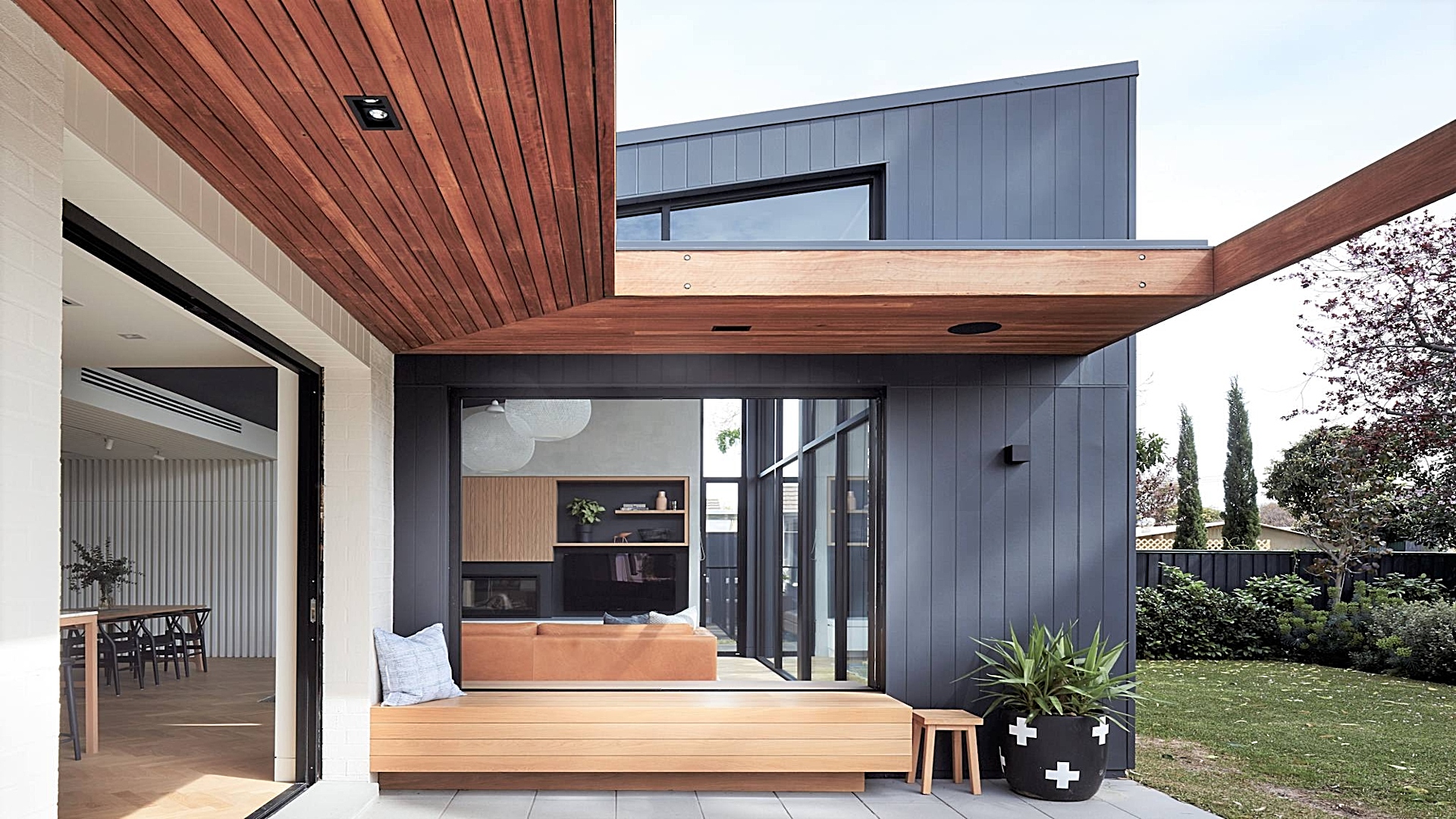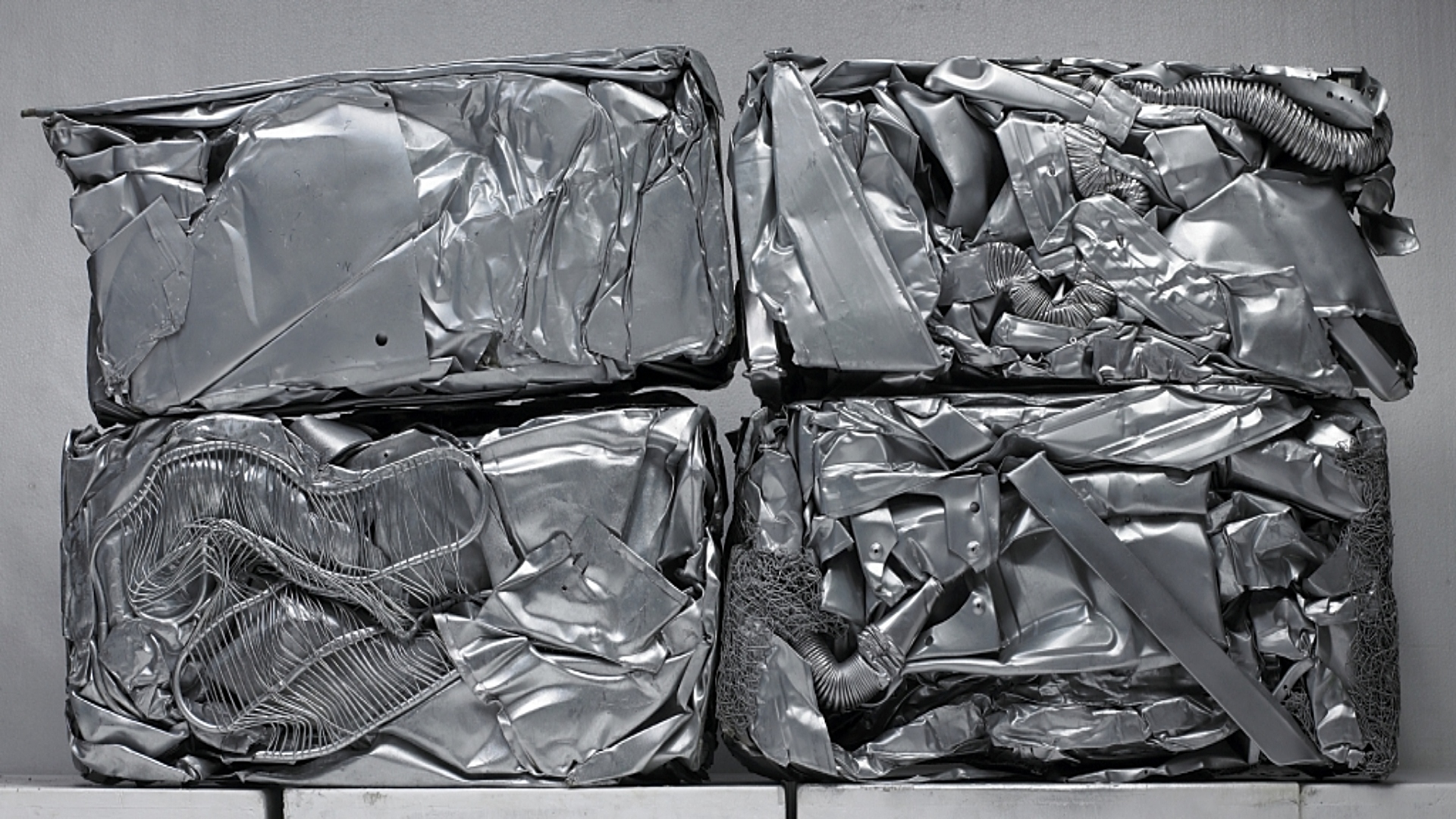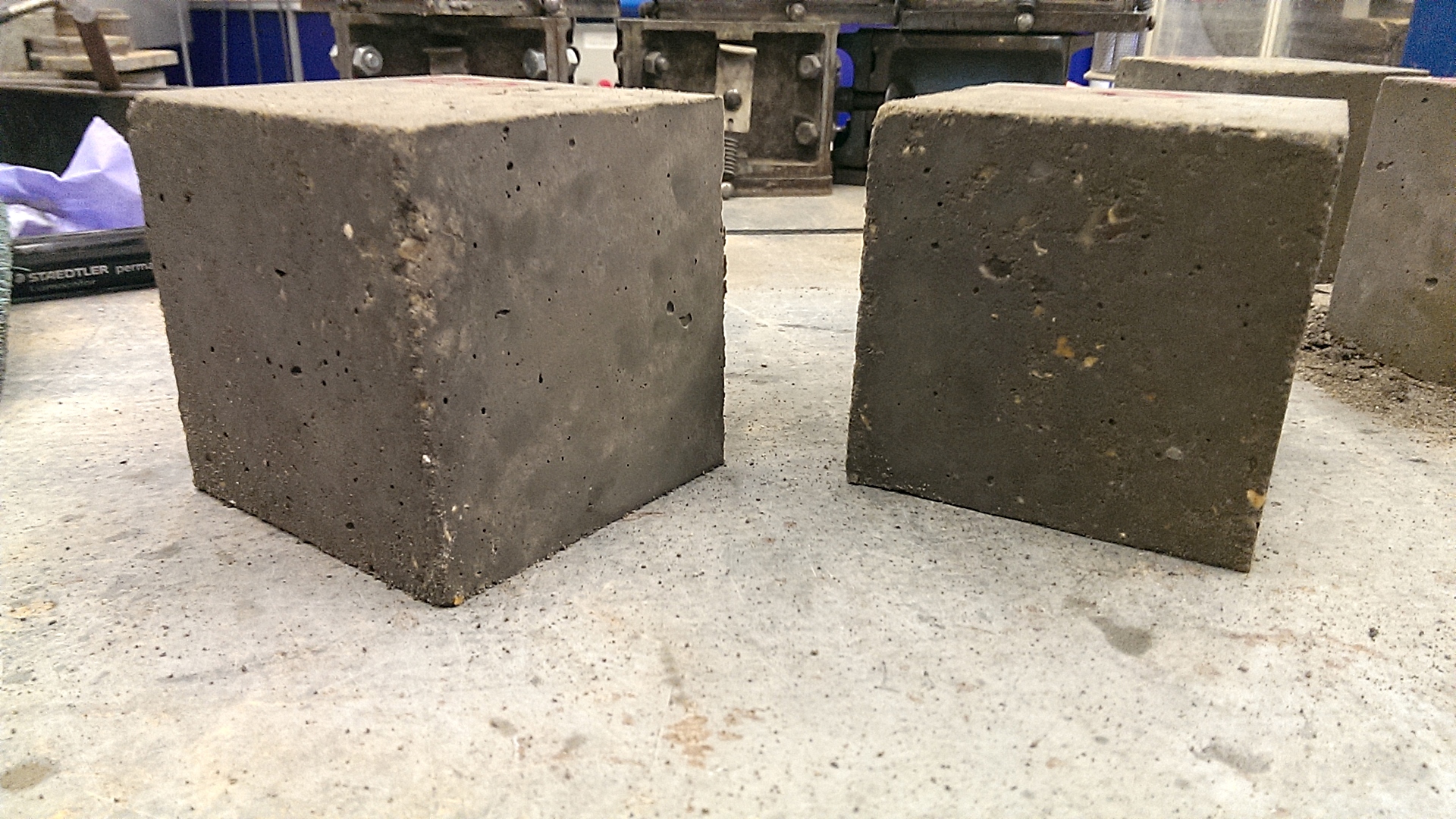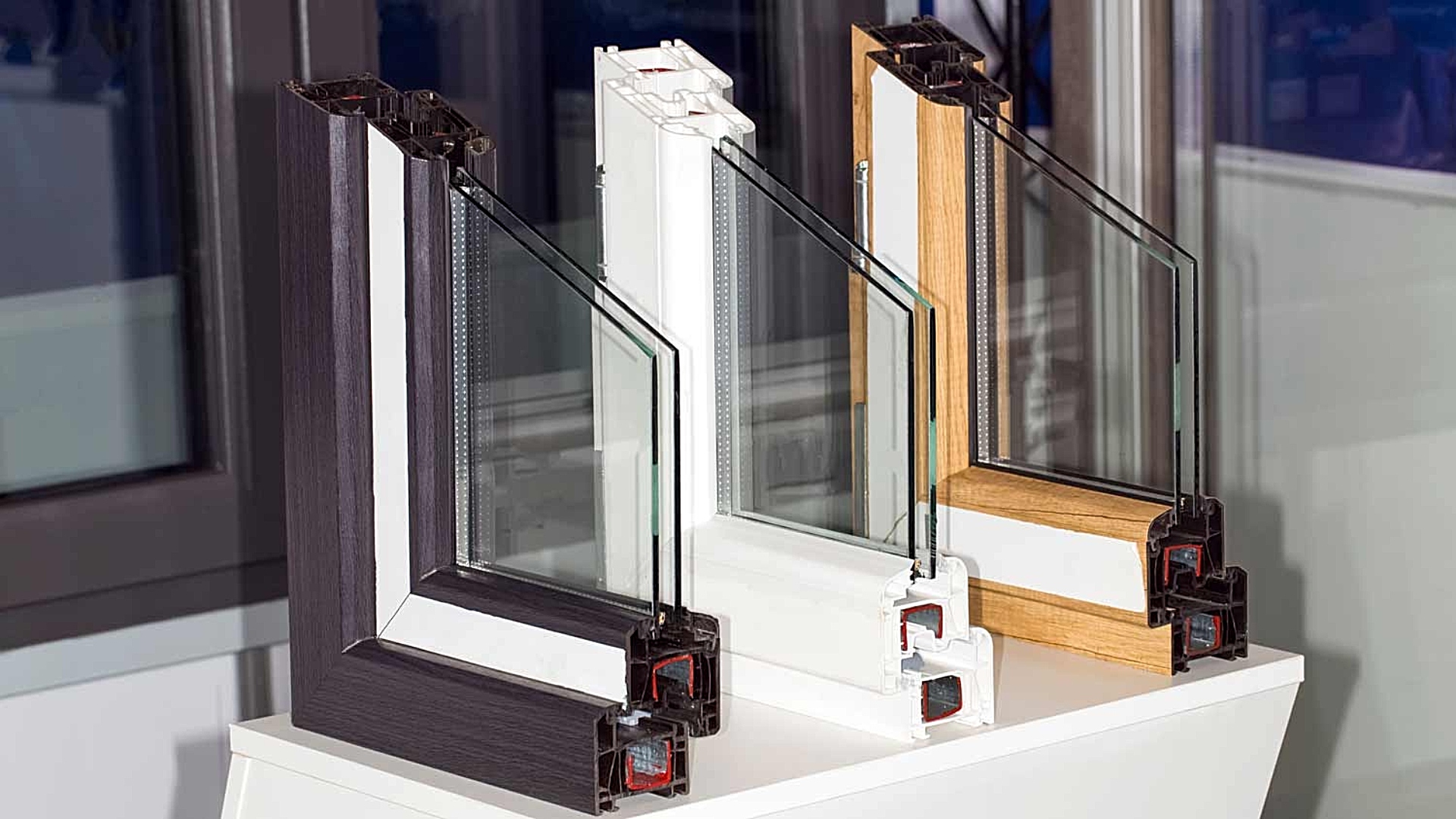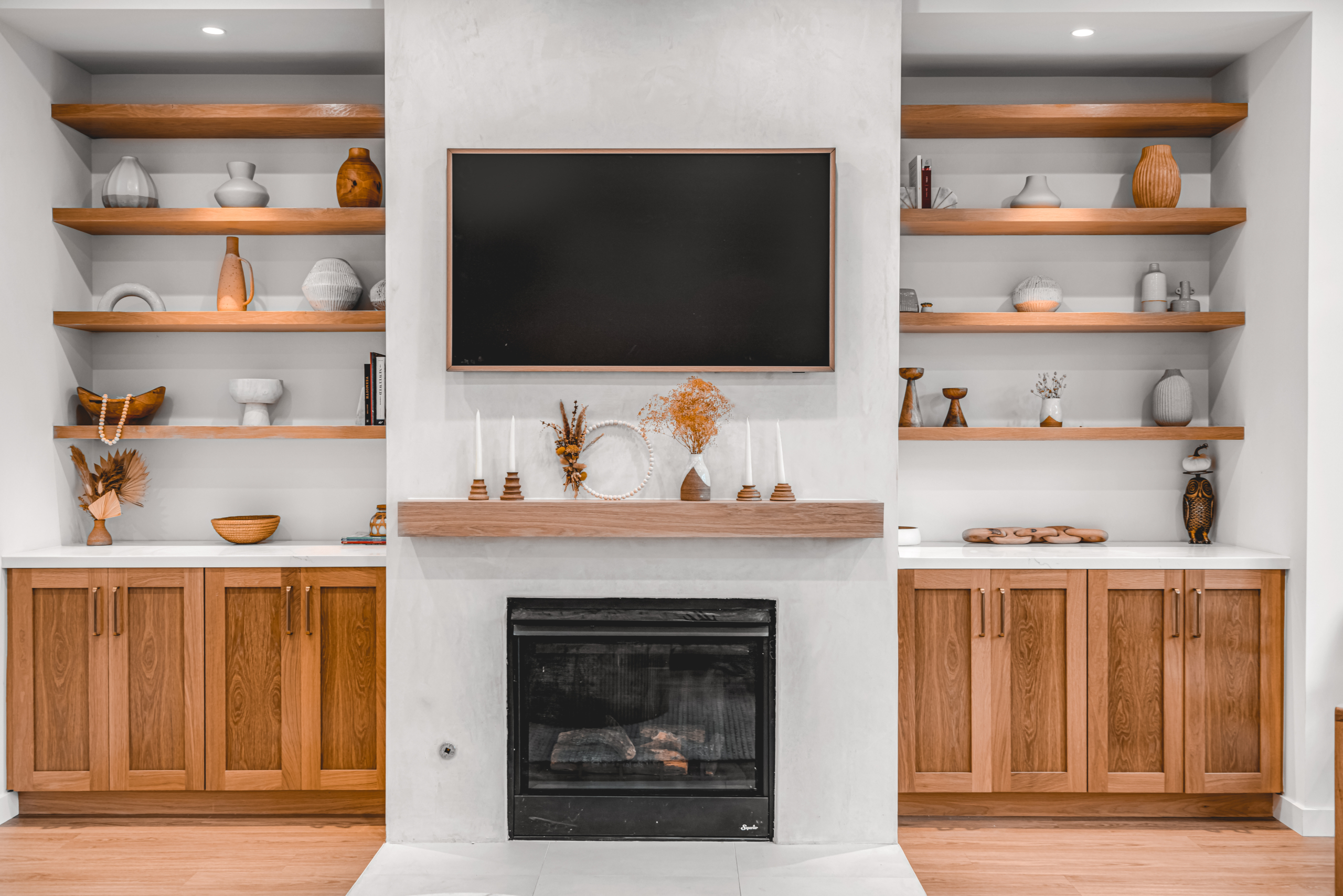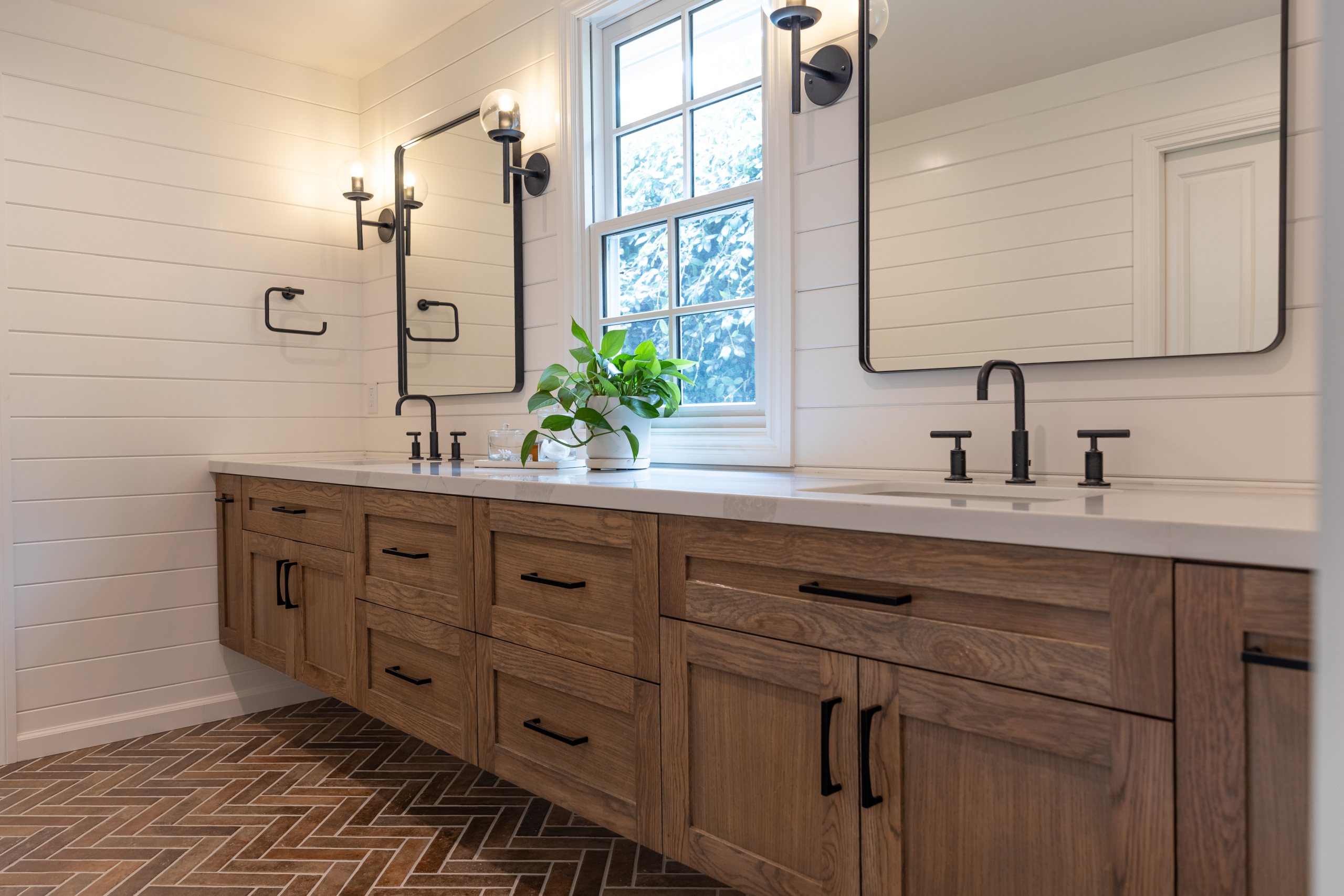In the quest to combat climate change and reduce our carbon footprint, the construction industry is increasingly embracing eco-friendly building materials. Orange County, known for its picturesque landscapes and thriving communities, is at the forefront of adopting sustainable practices in construction.
By incorporating these ten eco-friendly building materials, builders and homeowners alike can significantly reduce energy consumption, conserve natural resources, and contribute to a greener future.
1. Recycled Steel
2. Sustainable Wood
3. Green Concrete
4. Energy-Efficient Windows
5. Reflective Roofing Materials
6. Recycled Insulation
7. Solar Panels
8. Sustainable Flooring
9. Eco-Friendly Paints
10. Permeable Pavers
1. Recycled Steel
Recycled steel is a versatile and sustainable building material that drastically reduces the demand for new raw materials. By utilizing recycled steel in construction, Orange County builders can save energy and lower greenhouse gas emissions. Additionally, steel’s durability ensures that structures can withstand the test of time, reducing the need for future replacements and associated environmental costs.
2. Sustainable Wood
Opting for sustainably sourced wood, such as FSC-certified (Forest Stewardship Council) lumber, promotes responsible forestry practices. It ensures that forests are managed responsibly, minimizing deforestation and preserving vital ecosystems. Using sustainable wood in construction also reduces carbon emissions, as young trees absorb more carbon dioxide than older ones.
3. Green Concrete
Traditional concrete production is energy-intensive and generates substantial carbon dioxide emissions. However, the introduction of green concrete, made from industrial by-products or recycled materials, has revolutionized the construction industry. Green concrete significantly reduces the carbon footprint of buildings in Orange County, making it an environmentally responsible choice.
4. Energy-Efficient Windows
Replacing conventional windows with energy-efficient ones can significantly impact a building’s energy consumption. Double-glazed or low-emissivity (low-E) windows enhance insulation, reducing the need for heating and cooling systems. These windows also protect interiors from harmful ultraviolet rays, preserving furniture and reducing the demand for air conditioning.
5. Reflective Roofing Materials
Orange County’s sunny climate can lead to excessive heat absorption by traditional roofing materials. By installing reflective roofing materials, such as cool roofs or green roofs, builders can reduce indoor temperatures and ease the burden on air conditioning systems. These materials reflect sunlight, lowering energy consumption and mitigating the urban heat island effect.
6. Recycled Insulation
Traditional insulation materials can be harmful to the environment and contribute to greenhouse gas emissions. Using recycled insulation, made from materials like recycled denim or cellulose, helps reduce waste while providing excellent thermal properties. It also aids in noise reduction, creating more comfortable and energy-efficient living spaces.
7. Solar Panels
With abundant sunshine, Orange County is an ideal location for harnessing solar energy. Installing solar panels on roofs or other structures allows homeowners to generate clean, renewable electricity, lowering their dependence on the grid and cutting carbon emissions. The surplus energy can even be fed back into the grid, benefiting the entire community.
8. Sustainable Flooring
Choosing eco-friendly flooring options, such as bamboo, cork, or reclaimed wood, minimizes the environmental impact of construction projects. These materials are renewable and biodegradable, making them more sustainable than traditional flooring choices. Additionally, they often require less energy-intensive manufacturing processes.
9. Eco-Friendly Paints
Traditional paints contain volatile organic compounds (VOCs), which release harmful chemicals into the air and contribute to indoor air pollution. Eco-friendly paints, on the other hand, are low in VOCs, making them a healthier choice for indoor environments. They also reduce the overall environmental impact by using natural pigments and sustainable manufacturing processes.
10. Permeable Pavers
Incorporating permeable pavers into driveways, pathways, and outdoor spaces promotes sustainable water management. These pavers allow rainwater to infiltrate the ground, replenishing groundwater supplies and reducing the strain on stormwater drainage systems. By minimizing runoff, permeable pavers help preserve Orange County’s natural water resources.
In Orange County, the shift towards eco-friendly building materials is gaining momentum, driven by a collective commitment to sustainability and energy efficiency. By incorporating recycled steel, sustainable wood, green concrete, energy-efficient windows, reflective roofing materials, recycled insulation, solar panels, sustainable flooring, eco-friendly paints, and permeable pavers, builders and homeowners can contribute to a greener, more sustainable future. Embracing these eco-friendly building materials not only helps save energy but also protects the region’s natural beauty for generations to come.
Check out 6 Benefits of Making Your Home Eco-Friendly in Orange Country for more inspirational ideas.
